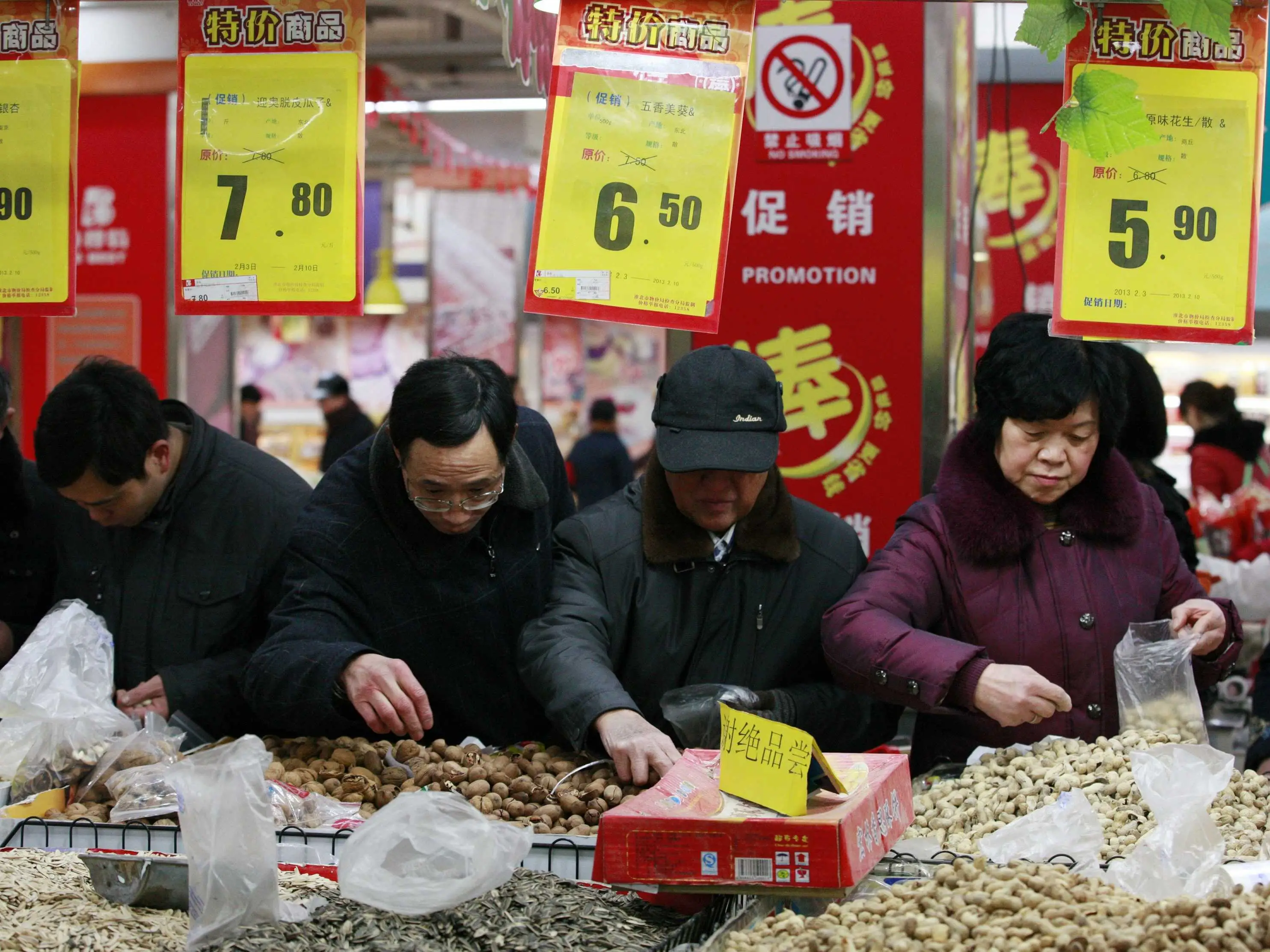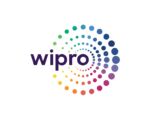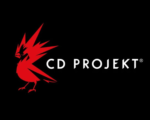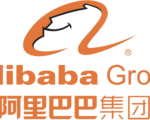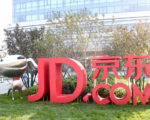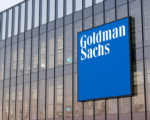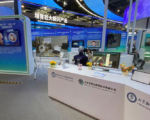China’s consumer inflation rose in August to its highest rate in six months, primarily driven by rising food costs due to extreme weather conditions, including floods and heatwaves, rather than a recovery in domestic demand. The consumer price index (CPI) increased by 0.6% year-on-year in August, slightly up from July’s 0.5%, but fell short of economists’ forecasts of 0.7%. The spike in food prices, which surged 2.8% from the previous year, was attributed to weather-related disruptions affecting 1.46 million hectares of crops, according to the National Bureau of Statistics (NBS). Despite the increase in CPI, core inflation, which excludes volatile food and fuel prices, dropped to its lowest level in nearly three and a half years, signaling underlying deflationary concerns. The producer price index (PPI), a key gauge of industrial profitability, fell by 1.8% in August, marking the largest decline in four months and exacerbating concerns about deflationary pressures. Economists attribute this to a persistent production surplus and weak demand. China’s yuan weakened and stock markets fell as economic worries intensified. Calls for further fiscal and monetary easing are growing, as analysts warn that existing policies, including a $41 billion national campaign to boost consumer confidence, have so far been insufficient to stimulate demand.
China’s Consumer Inflation Rises in August as Producer Price Deflation Deepens, Driven by Weather Disruptions
